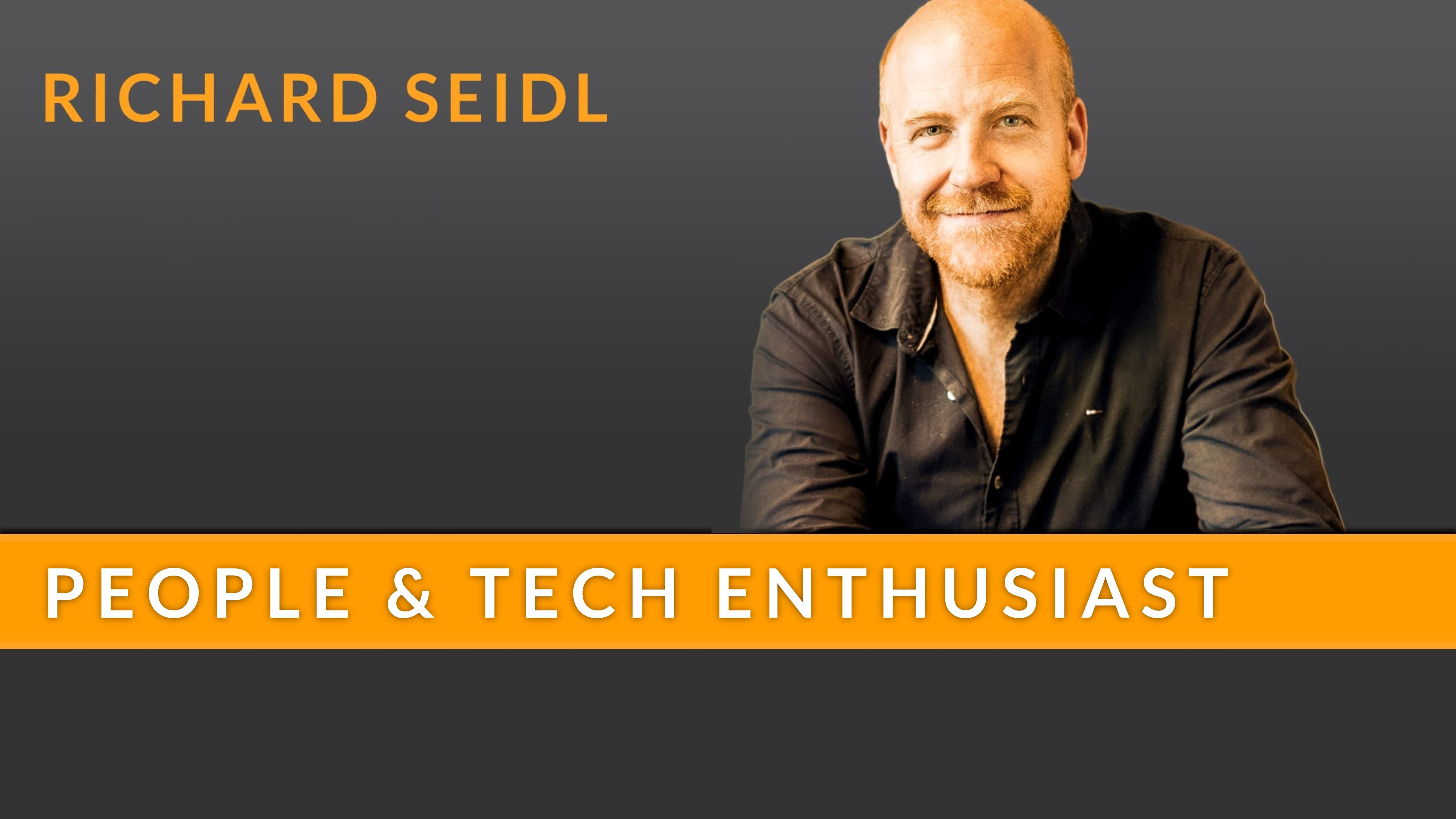2 min read
Security is Everyone's Business
"But security is a knock-out criterion for the acceptance of digital services that handle sensitive data. And as long as this is treated larifari,...

One of the causes of failed software projects lies in the transformation of the users' wishes and ideas into the technical implementation. This is where requirements engineering comes in and attempts to translate the user's ideas into technical requirements for the application. These methods are based more on the technical side and, like UML, BPMN, etc., create a (semi-)formal specification from the users' statements. The methods presented here can be used to go one step further. By not only using the user's statements, but also really helping them to recognize their wishes. This makes it possible to go into depth where normal RE methods remain on the surface. The input gained can support the entire project, from the planning of the functional scope to the interface design.
*Capture and check the vision of the application.
Procedure: Go through the three roles (dreamer, critic, planner) with the vision of the application.
Result: Clarification of the vision, reality check, first action steps
*Experience users' ideas
Procedure:
Result: more detailed description of the user's ideas, distinctive perception channels of the user, finding out what the target group has in common.
UI und Usability
Procedure:
Result: Corrections and adjustments based on user feedback. Refinement of details and the operating concept.
UI and usability design
Procedure:
Result: Ideas for adapting the interface, operation and workflows.
*Check and internalize the future image of the application.
Procedure:
*Putting yourself in the position of the stakeholder
Procedure:
1st team member (developer, designer, etc.) puts themselves in the position of a stakeholder (user, customer, management, support, operation) via room anchor. 2nd team member feels into the position and describes the expectations, wishes and view of the project/product.
Result: Better understanding of all project and product participants.
*Survey of the most important customers/users.
Procedure:
Result: Ongoing check whether the project is still heading in the right direction. In addition to real customer interviews.
*Modeling the development process of successful projects.
Procedure:
Result: Improved development process, new perspective, application of best practices
*The agile development process.
Procedure: Use of iterative development models such as Scrum. Short, fixed iterations between 2 and 4 weeks
The result: a self-adjusting process with short feedback loops that enables quick corrections.

2 min read
"But security is a knock-out criterion for the acceptance of digital services that handle sensitive data. And as long as this is treated larifari,...

1 min read
"Software is essential today. One perspective on it is not enough!" - Richard Seidl As a tester, you are constantly confronted with software that...

The software is bursting with functions, options, settings, evaluations and analyses - crammed onto one screen to save space. A kind of control...